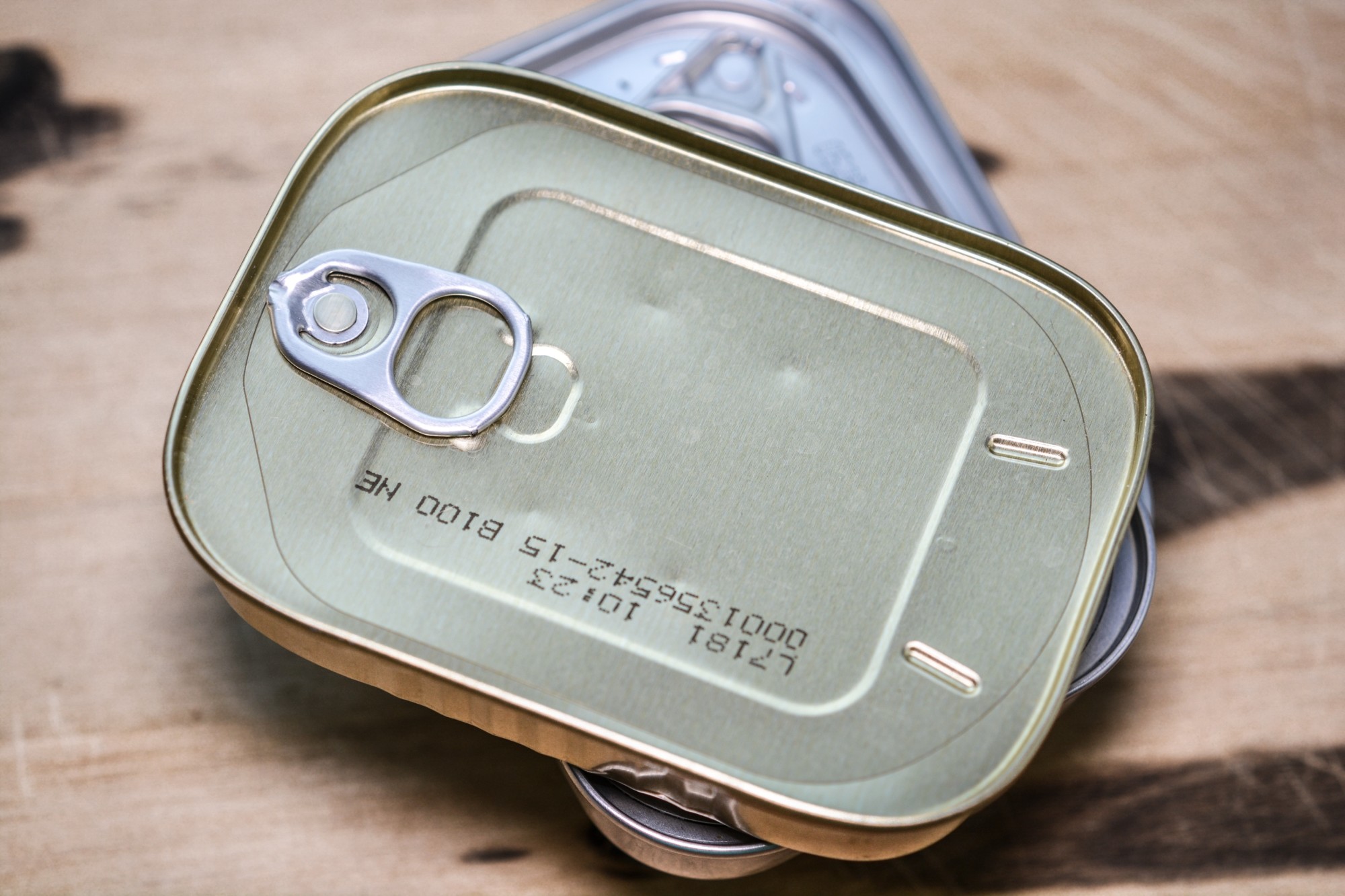
How to Make Hermetic Seal Packaging for Airtight Commercial Products
Your product is ready, and you’re about to put it into the hands of your buyers. You know how important positive early reviews can be as part of the buyer’s journey. Your fingers are crossed, and you sit poised for those first few positive reviews to roll in.
That’s when the nightmare starts: your product has arrived in damaged condition, creating more expense for you, and leaving a poor taste in the mouths of your buyers.
This isn’t farfetched – 11% of products are damaged in transportation.
How can you avoid this? Hermetically sealed packaging is one surefire way to keep your product safe in both storage and transportation.
Read on to learn how to make a hermetic seal and improve the experience for your customers.
Contents
What is a Hermetic Seal?
A hermetic seal is, in essence, an airtight seal that prevents unwanted contamination during product storage or transportation. Even gasses cannot penetrate such a seal, making it especially beneficial when packaging food products or anything that can be easily contaminated.
Even consumer products can benefit. Electronics in particular are susceptible to damage. A flood, leak, or other natural hazard might mean the difference between profit and major loss when delicate components are involved.
Some individual components of your products might also benefit from hermetic sealing, such as wires and cables.
In order to court the ideal consumers that are so essential to your product’s success, consider airtight, damage proof packaging and hermetically sealed components.
What Can Go Wrong?
A number of different circumstances can affect your product in adverse ways. Hermetic sealing can guard against the following circumstances:
- Humidity
- Pressure changes
- Water Damage
- Exposure to grime
How to Make a Hermetic Seal
Hermetic seals used for product packaging are often created using a heat sealer. Heat and pressure can be used to join materials together if at least one of them contains a thermoplastic layer. The process is similar to welding and requires specialized machinery to execute effectively.
When creating seals, component parts are placed on designated surfaces to keep them in position. The products are then heated at the appropriate temperature to create the seal. The materials used will determine the appropriate temperature.
Exposure to heat fuses the materials together or creates a chemical bond that prevents exposure to the elements.
Working with companies experienced in sealing technology is your best bet if you’re seeking a true hermetic seal, which can be leak tested and proven safe. For example, Douglas Electrical’s vacuum feedthroughs have been tested in lab settings.
It’s important to find a company that is experienced and can offer the customization that you need to keep your product safe.
Seal Your Success
Success begins during the design process. By learning how to make a hermetic seal and carefully considering product packaging, you can ensure that your product makes it into every consumer’s hands intact, and build a reliable reputation with your buyers.
If you would like more information about making positive choices for your business, explore the blog other business and tech articles.


Comments are closed.